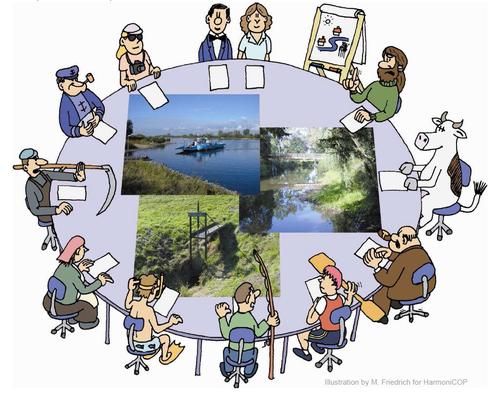Water development and management should be based on a participatory approach, involving users, planners and policy-makers at all levels.
Water is a subject in which everyone is a stakeholder. Real participation only takes place when stakeholders are part of the decision making process. This can occur directly when local communities come together for making water supply, management and use choices. Participation also occurs if democratically elected or otherwise accountable agencies or spokespersons can represent stakeholder groups. The type of participation will depend on the spatial scale relevant to particular water management and investment decisions and upon the nature of the political economy in which such decisions take place. (GWP 2012b)
A participatory approach is the best means for achieving long-lasting consensus and common agreement. Participation is about taking responsibility, recognizing the effect of sectoral actions on other water users and aquatic ecosystems as well as accepting the need for change to improve the efficiency of water use and allow the sustainable development of the resource. Participation does not always achieve consensus, arbitration processes or other conflict resolution mechanisms also need to be installed. (CAP-NET 2006)
Participation requires that stakeholders at all levels of the social structure have an impact on decisions at different levels of water management. Consultative mechanisms will not allow real participation if they are merely employed to legitimize decisions already made, to defuse political opposition or to delay the implementation of measures, which could adversely impinge upon a powerful interest group. (GWP 2012b)
